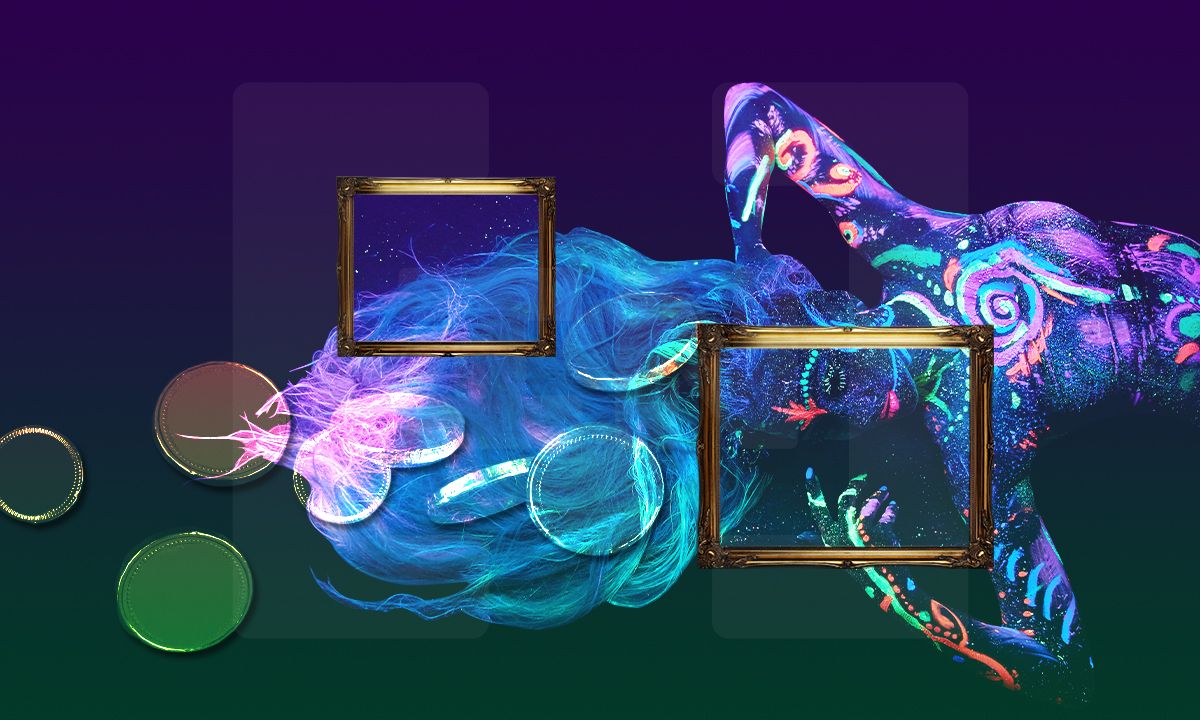Nathan Apodaca, who posted a TikTok clip of him skateboarding to “Dreams” that went viral in 2020, wanted to create an NFT of it.
Apodaca’s representative told TMZ that the now-famous skateboarder and cranberry juice drinker wanted to make an NFT of his viral video. However, the rights to ‘Dreams”, which he listened to in the clip, belong to Warner Music Group. He needed permission from Fleetwood Mac’s singer Stevie Nicks, who refused to grant it.
Apodaca’s rep claimed that Nicks refused an offered 50/50 split, despite an opening bid of $500,000. The auction will go ahead with the original audio instead of the song. As BeInCrypto pointed out previously, this means that the winning bidder is essentially purchasing the raw video. CryptoCake is Apodaca’s partner in the NFT event.
Listen to the music
Stevie Nicks may not be interested in NFTs, but many musicians and artists are diving into the technology. Musicians in particular turned to NFTs in 2021 as a way to reach out to fans and diversify income in a time when concert tours are unlikely or impossible.
Our Lady Peace released the first NFT album ever on Mar. 5. Their efforts paid off to the tune of $2 million.
Pop artist Queen George decided to hold a concert strictly for NFT holders. Tickets to the event will be sold exclusively as NFTs. Besides echoing the keepsake of having the ticket stub, albeit in electronic form, an NFT ticket is unique and cannot be faked.
Same beat
NFTs surged in popularity in 2021, and not just among musicians. The underlying technology hit the market in 2017 with the CryptoKitties craze. The resulting attention massively clogged up the Ethereum network and spiked gas fees. Since then, the major rise in NFTs platforms and projects began in late 2020. For crypto enthusiasts looking to diversify from Bitcoin and regular outcoins, NFTs were the answer and interest grew quickly. For example, CryptoPunks platform sold more than $83 million since its launch and in the second half of February saw $45 million in sales.
OK, but what are NFTs?
NFTs are cryptographically unique, blockchain-derived collectibles. They use the ERC-721 standard for creation, which means that there is a common and verifiable means of checking the authenticity of the item. Digital artwork and music is the most common direction for NFTs, but anything, or rather the rights to just about anything, can be digitized under this standard. For creatives looking to engage with fans, or ensure certifiably one-of-a-kind creations, NFTs have become the solution of choice.
Disclaimer
In adherence to the Trust Project guidelines, BeInCrypto is committed to unbiased, transparent reporting. This news article aims to provide accurate, timely information. However, readers are advised to verify facts independently and consult with a professional before making any decisions based on this content. Please note that our Terms and Conditions, Privacy Policy, and Disclaimers have been updated.


